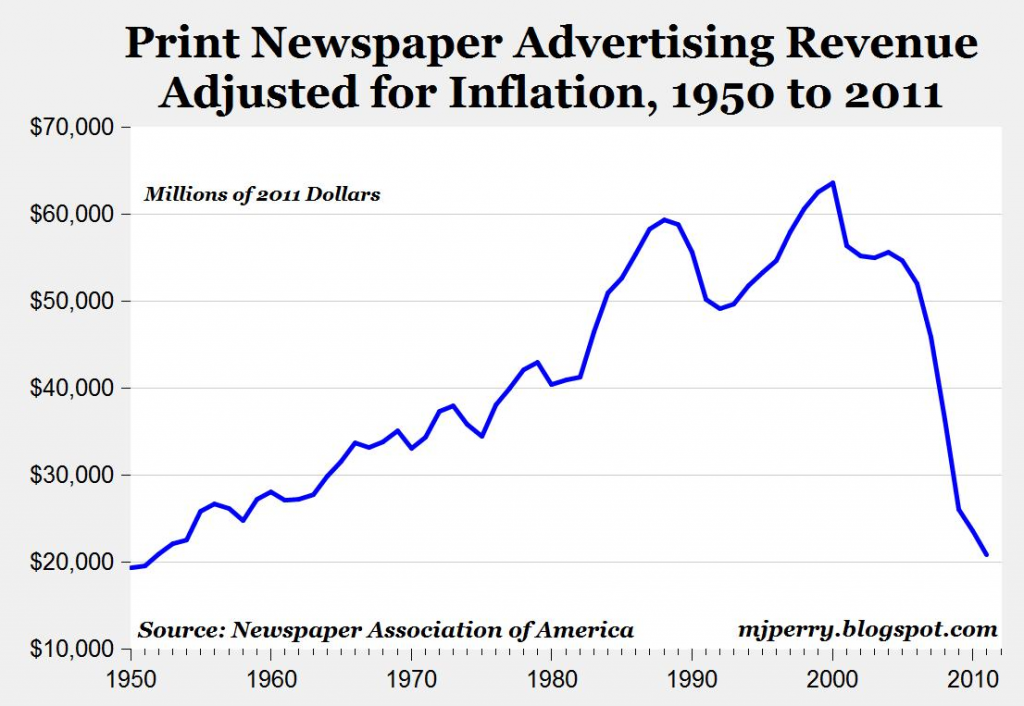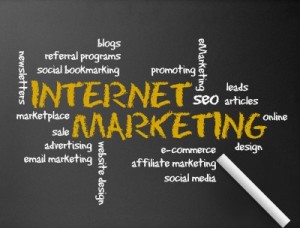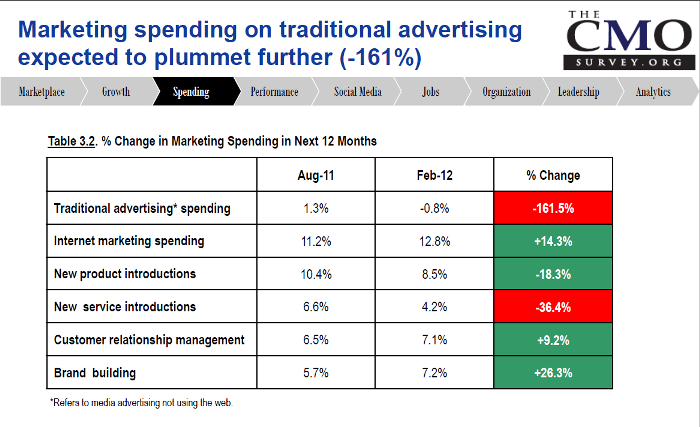Getting Your Neighbors To Stop By
We (online marketers) no longer have to persuade 99% of the people we meet that the Yellow Pages phone book is essentially dead as an effective investment of your marketing dollars, and that search engines (read: Google) are the way new prospects will find your local business. Today, nearly everyone realizes we’re all going online to find local services. Local search engine optimization is simply one of the most effective strategies to position yourself to generate more leads from the internet:
- Increase local visibility by optimizing your local directory listings
- Produce more authoritative results within the local online listings
- Redirection to your website is free unlike paid display advertisements
The idea behind local SEO is simple
When you search for a product or service, Google search results can be broken up into two different categories:
- National (or world) results, and
- Local results, i.e. just those businesses close to the searcher’s location
The organic results are the regular search results that appear below the paid advertisements (in some cases is hard to tell). These results are calculated by the search engine’s algorithm (computer program) using a variety of technical factors, but essentially the results are telling us these are the most ‘popular’ results in America.
Not bad, eh? Who wouldn’t want that kind of credibility and prestige, not to mention the legitimate traffic benefit, of being on page one in search engine results pages (SERP)? Well it’s a good thing for sure, but (a) competing withe the whole world is tough, and (b) chances are consumers in Los Angeles aren’t going to care much about your business in Atlanta, GA. Clearly it makes sense to allocate more of your time, energy and resources into being on page one of the SERP for those local searches. Generating leads and new business locally is the name of your game!
Get Started
Ready to Take Action? Call me today for a free discussion about your business, your digital marketing strategy, and ideas for how you can rethink your marketing out of industrial age strategies and into the internet age. Done right, internet marketing and specifically Local SEO can help you get more customers, more sales and grow your business.











